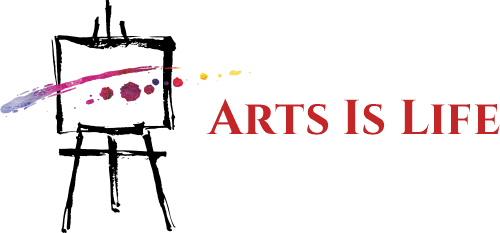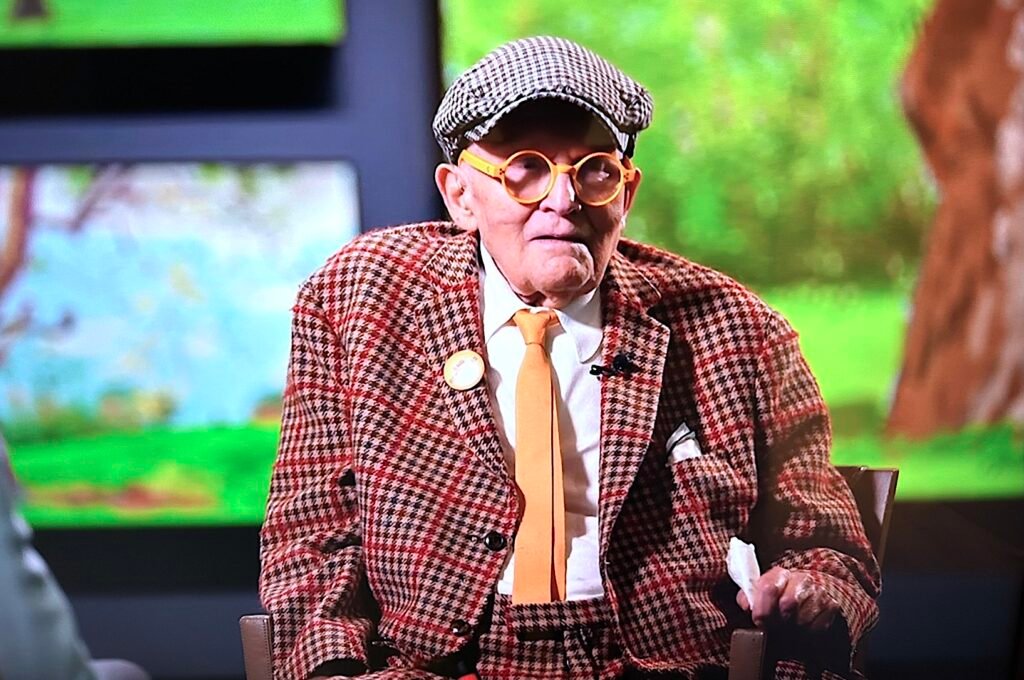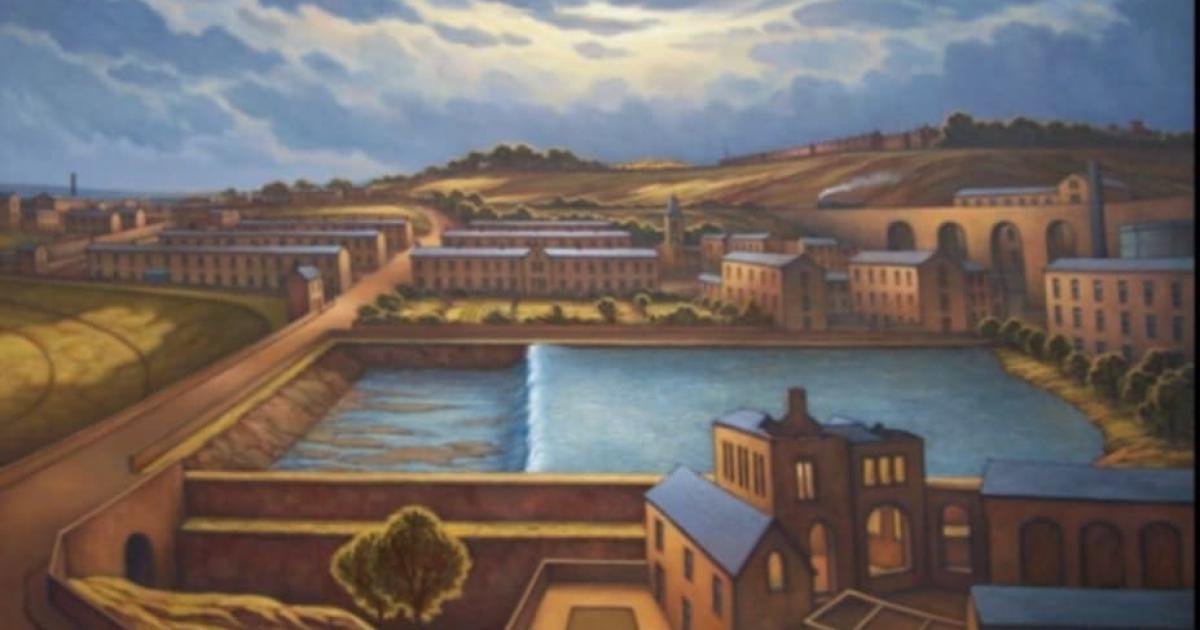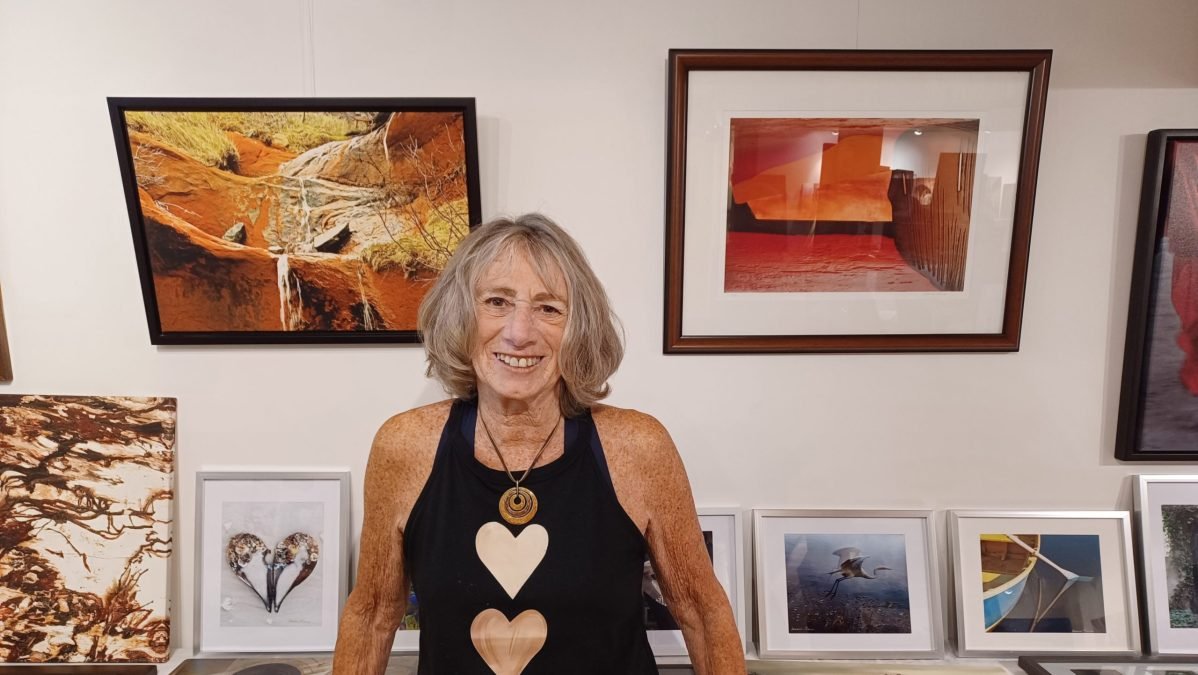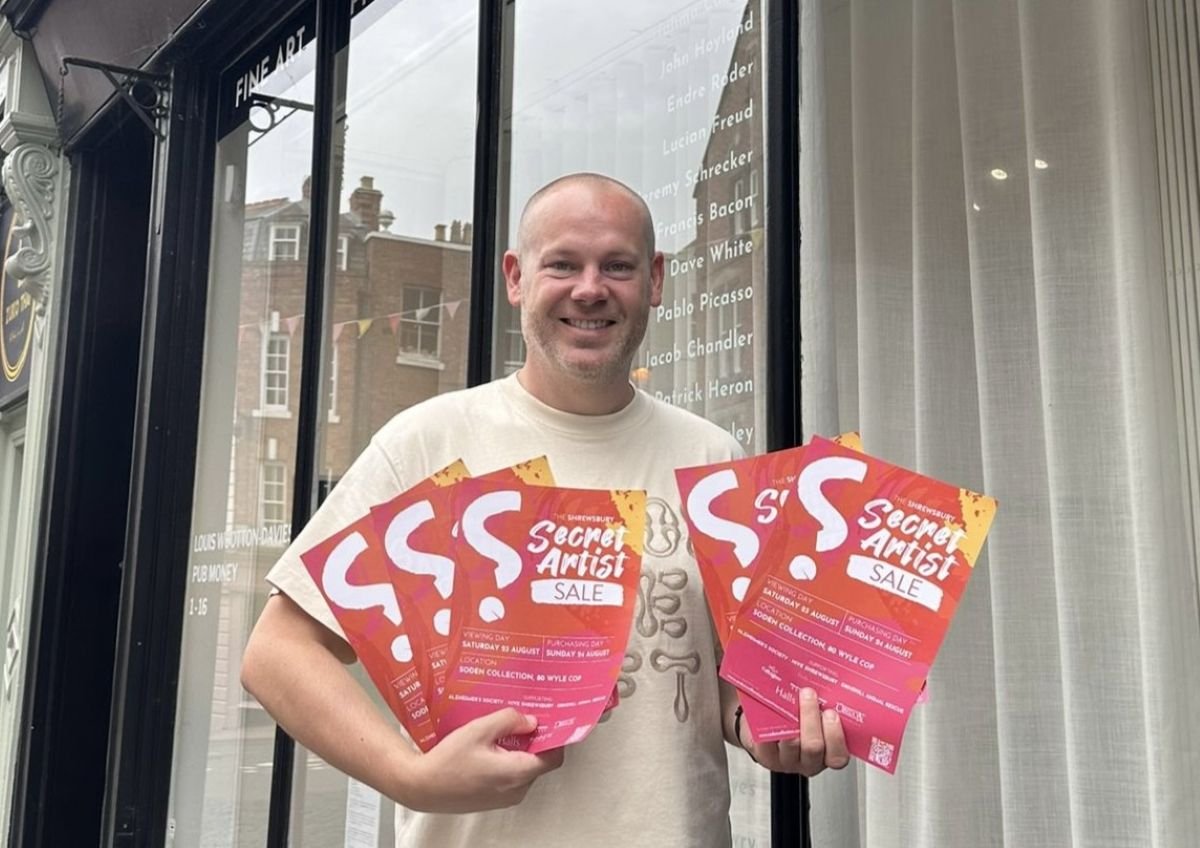Happy 88th Birthday David Hockney! Few artists have traversed the terrain of contemporary art with the same vitality, irreverence, and formal restlessness as David Hockney. Born in Bradford in 1937, Hockney has spent over six decades dismantling and reimagining the conventions of painting, drawing, photography, and digital media, continually seeking new ways to perceive the world.
Educated at the Royal College of Art in London—where he studied alongside R.B. Kitaj and Allen Jones—Hockney rose to prominence in the early 1960s as one of the key figures of British Pop Art. But even from the outset, he resisted categorisation. His early canvases were filled with cryptic text, coded homoerotic references, and art-historical nods, signalled a sensibility that was at once deeply personal and sharply attuned to the shifting tides of visual culture.
Hockney publicly acknowledged his homosexuality in 1960 while still a student at the Royal College of Art, at a time when same-sex relationships between men remained a criminal offence in England and Wales. This was seven years before the partial decriminalisation of homosexuality in 1967, when the law permitted private sexual activity between men over the age of 21, five years above the age of consent for heterosexuals. Risking not only his reputation but also potential prosecution, Hockney’s decision was a defiant assertion of identity in a climate of legal and social hostility. It would come to inform the frankness and freedom with which he approached both his life and art.

It was his relocation to Los Angeles in the mid-1960s, however, that cemented his place in the international canon. There, Hockney found both light and liberation: the Californian palette unlocked his chromatic exuberance, while the fluid social codes offered new freedom in life and work. Works like A Bigger Splash (1967) and Portrait of an Artist (Pool with Two Figures) (1972) became defining images of their era—elegant and emotionally precise meditations on desire, distance, and surface.
Throughout the 1970s and 80s, Hockney’s work underwent a series of formal evolutions, always tied to questions of perception. His multi-canvas “joiners”—photographic collages composed of dozens of Polaroids or 35mm prints—emerged from his dissatisfaction with single-point perspective, exploring time, movement, and memory in spatial terms. The same concerns would later resurface in his experiments with iPads, digital brushes, and video walls—long before these tools became fashionable.
David Hockney has consistently drawn from a wide and eclectic range of influences, from Chinese scrolls and Egyptian tomb paintings to the optical illusions of Paolo Uccello and the immersive space of Claude Lorrain. Yet what unites his practice across these shifts is an insatiable drive to test the boundaries of representation. Whether in his stage designs for opera, his Yorkshire landscape drawings made en plein air, or his 21st-century digital paintings rendered in luminous, unblended strokes, Hockney’s work is always about looking—and about looking again.
Over the last two decades, Hockney has returned repeatedly to the English countryside, particularly the Wolds of East Yorkshire, where he spent time in near monastic solitude. These years produced an extraordinary body of work that bridged observation and invention, reaffirming painting’s vitality in an age dominated by screens. His 2012 Royal Academy exhibition A Bigger Picture was both a critical and popular triumph, marking a high point in a career already filled with them.
Now well into his eighties, Hockney continues to work prolifically from his studio in Normandy, refusing nostalgia or retreat. “Love life,” he wrote in one of his iPad drawings. It’s both a mantra and a methodology for an artist whose most significant subject, all along, has been the sheer act of living.
